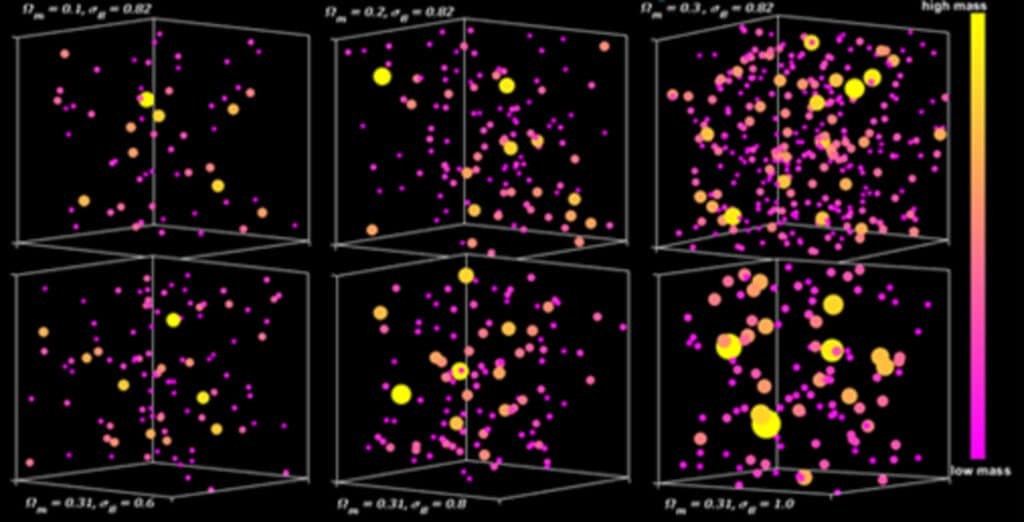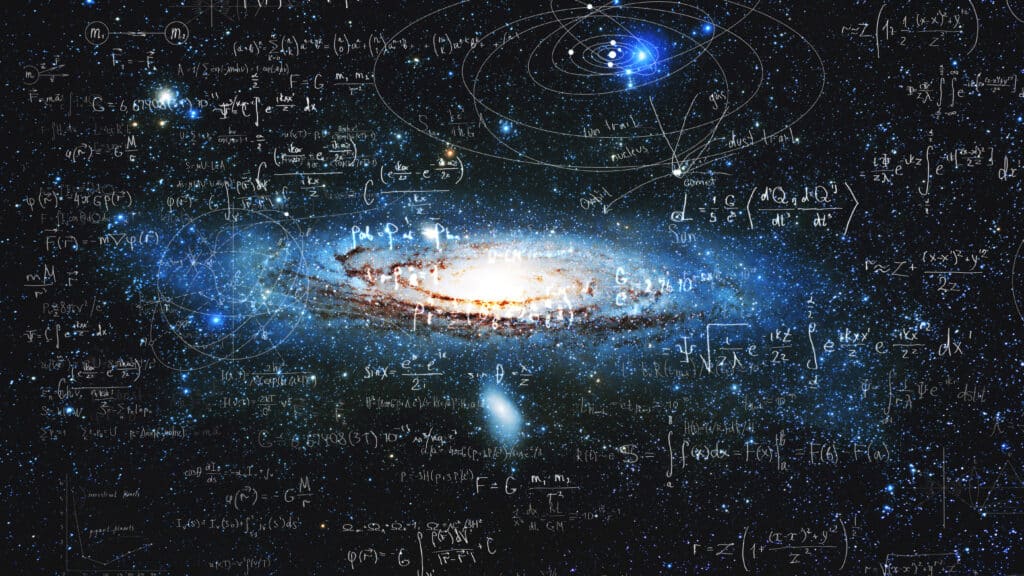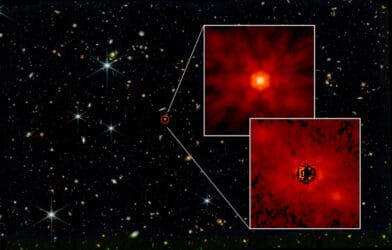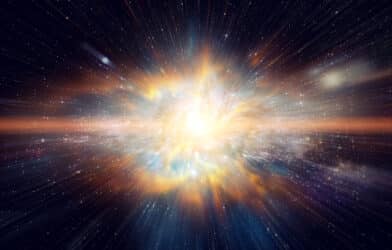In a fascinating new study, scientists have come closer than ever to determining the exact composition of matter in the universe. The team used an innovative technique to measure how much of the universe is made up of regular matter—like stars, galaxies, and atoms—and how much is made up of elusive dark matter.
Dark matter is a hypothetical form of matter that doesn’t interact with electromagnetic forces. That means it doesn’t absorb, reflect, or emit light, making it extremely hard to spot. Even though scientists can’t see it directly, they know it exists because of its gravitational effects on visible matter, like stars and galaxies.
In simple terms, what we can see in outer space, like stars and planets, makes up only a small portion of what’s actually out there.
According to Dr. Mohamed Abdullah, a leading researcher in the study, “only about 20% of the total matter is made of regular or ‘baryonic’ matter, which includes stars, galaxies, atoms, and life.” He adds that “about 80% is made of dark matter, whose mysterious nature is not yet known but may consist of some as-yet-undiscovered subatomic particles.”

Measuring matter
The team, which includes experts from the National Research Institute of Astronomy and Geophysics-Egypt, Chiba University in Japan, and UC Merced in the United States, faced a major obstacle: dark matter is invisible and can’t be measured directly. Gillian Wilson, a co-author, notes, “it is difficult to measure the mass of any galaxy cluster accurately as most of the matter is dark, and we cannot see it directly with telescopes.”
To sidestep this issue, the scientists used an indirect way to estimate the mass of galaxy clusters. They counted the number of galaxies in each cluster, and used that as a sort of “yardstick” to determine its total mass. They then compared these real-world measurements to predictions made through computer simulations.
The result? A universe that is made up of 31% total matter, a figure that matched perfectly with previous estimates obtained from cosmic background radiation, another independent technique.
How the technique can be used in future research
Tomoaki Ishiyama from Chiba University highlights the importance of their findings. “This work further demonstrates that cluster abundance is a competitive technique for constraining cosmological parameters and complementary to non-cluster techniques such as cosmic background radiation variations, sound waves in the early universe, exploding stars, or the bending of light due to gravity.”
What sets this study apart from previous attempts is its successful use of spectroscopy, a method that breaks down light into its different colors to measure distances in space more accurately. This has significant implications for future research and opens up new avenues for data collection with upcoming high-powered telescopes like the James Webb Space Telescope.
The findings, published in The Astrophysical Journal, not only validate the technique used by the team but also indicate that it can be applied to new, large-scale galaxy surveys. In essence, this study has moved us a step closer to solving one of the greatest cosmic mysteries—what exactly is our universe made of?












